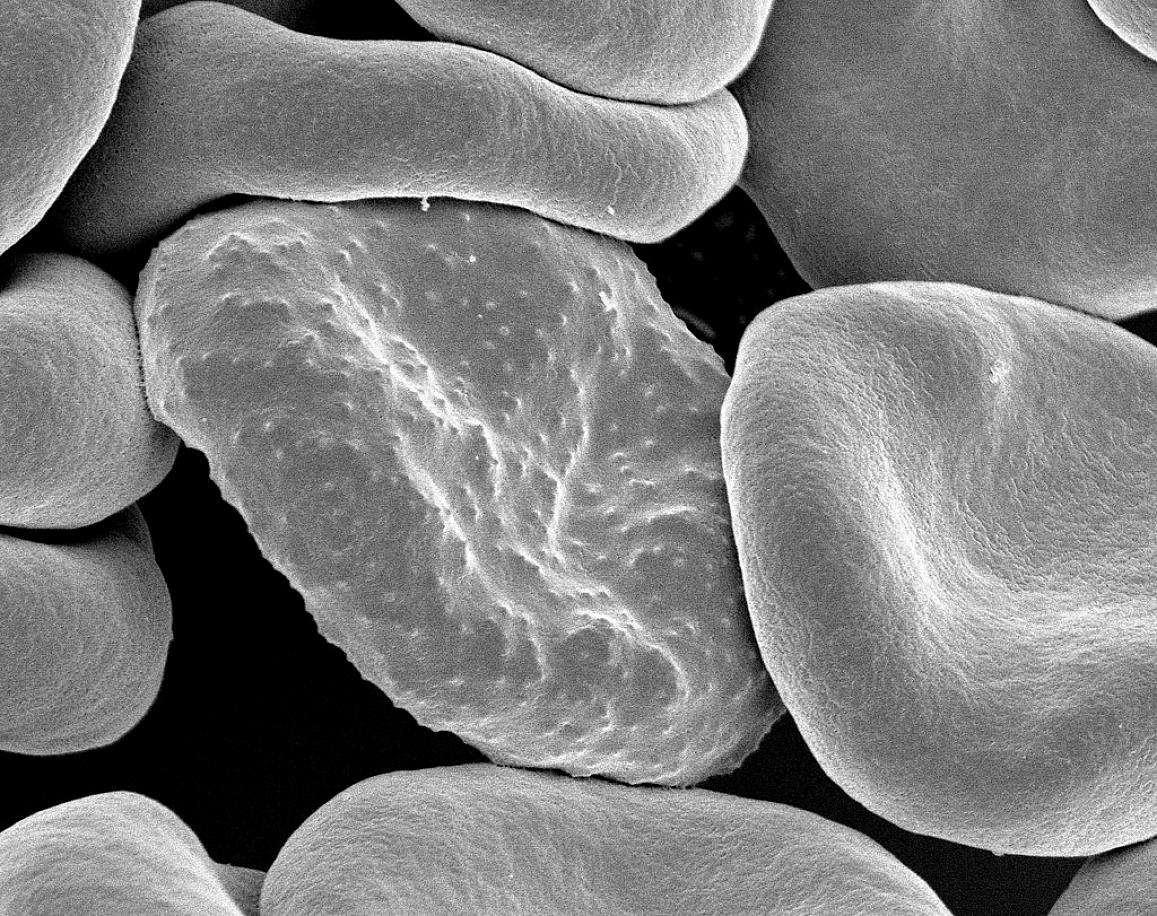
Researchers with the National Institutes of Health (NIH) recently made a breakthrough on the link between iron supplements and worsening malaria infections, as well as a curious mutation in African populations.
The findings, published in Science, utilized mice and samples from malaria patients. In the process, they concluded that extra iron interferes with the protein ferroportin, which prevents a toxic buildup of iron in red bloods cells and helps them defend against malaria. However, in African populations, there exists a mutation of ferroportin that actively protects against malaria. That mutation – Q248H – shields against hepcidin, a hormone that incidentally lowers ferroportin levels in red blood cells and binds with ferroportin, keeping iron from being removed from cells in most other patients.
“Our study helps solve a long-standing mystery,” Tracey Rouault, M.D., the study’s senior author and a senior investigator at NIH’s Eunice Kennedy Shriver National Institute of Child Health and Human Development (NICHD), said. “Iron supplements can sometimes worsen malaria infection and, conversely, iron deficiency can be protective in some cases. Our findings reveal that ferroportin — its function, as well as its regulation by iron levels — helps to explain these observations.”
Malaria is a serious disease that infected nearly 216 million across the globe in 2016 alone. It consumes iron as a food source.
The research involved several studies. When tracking the African mutation, they looked to Zambia in one instance, and in the process found that nearly 20 percent of 66 children hospitalized for malaria there had the mutation in their systems. It led to fewer malarial parasites in their blood and allowed them a higher tolerance for fevers. Another study looked to Ghana. Focusing on 290 pregnant women, they found that nearly 9 percent had the mutation as well, and that those with the mutation were less likely to have pregnancy-associated malaria.

